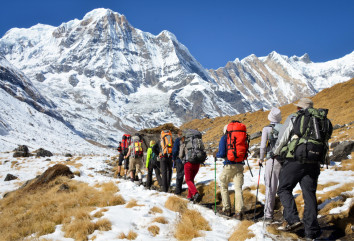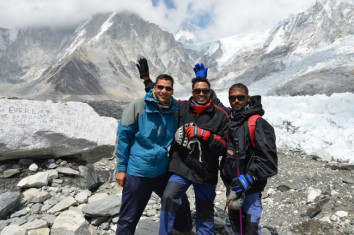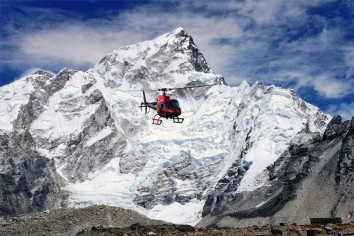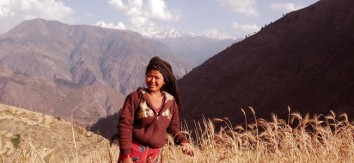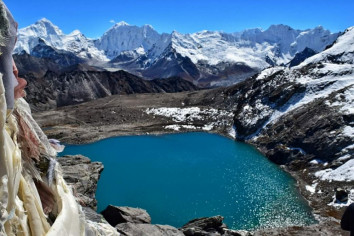3rd Apr, 2024
Tigers in Nepal: Conservation Efforts and Habitat Protection
Introduction:
Nepal, nestled in the heart of the Himalayas, is not only renowned for its majestic mountains but also for its rich biodiversity, including the iconic Bengal tiger (Panthera tigris tigris). The presence of tigers in Nepal plays a crucial role in maintaining the ecological balance of its diverse landscapes, ranging from dense forests to lush grasslands. In recent years, concerted conservation efforts have been underway to protect and preserve these magnificent big cats, ensuring their survival for generations to come.
Table of Contents
Tiger Population in Nepal:
According to recent estimates, Nepal is home to approximately 235 wild tigers, making it a significant stronghold for tiger conservation in the region. These tigers primarily inhabit various national parks and protected areas across the country, with Chitwan National Park and Bardia National Park being the key strongholds for tiger populations.
Conservation Efforts:
Nepal has made significant strides in tiger conservation through various initiatives aimed at habitat protection, anti-poaching measures, community engagement, and scientific research. One of the most notable achievements is Nepal's commitment to the Global Tiger Recovery Program (GTRP) and the ambitious goal of doubling its tiger population by 2022, known as the TX2 goal.
Habitat Protection:
Key to tiger conservation in Nepal is the preservation of their natural habitat. National parks and wildlife reserves such as Chitwan, Bardia, Shuklaphanta, and Parsa provide vital sanctuaries for tigers, offering suitable habitats rich in prey species like deer, wild boar, and antelopes. Efforts are underway to mitigate human-wildlife conflicts and expand protected areas to ensure ample space for tiger populations to thrive.
Anti-Poaching Measures
Combatting poaching remains a significant challenge in tiger conservation. Nepal has implemented rigorous anti-poaching measures, including increased patrolling, deployment of wildlife rangers, use of technology such as camera traps and GPS tracking, and collaboration with law enforcement agencies to apprehend poachers and disrupt wildlife trafficking networks.
Community Engagement
Engagement with local communities residing in and around tiger habitats is crucial for fostering support for conservation efforts. Community-based conservation initiatives involve local communities in wildlife monitoring, habitat restoration, and sustainable livelihood programs, empowering them as stewards of the land and wildlife.
Scientific Research
Scientific research plays a vital role in understanding tiger behavior, population dynamics, and habitat requirements. Researchers and conservationists in Nepal conduct comprehensive studies using techniques such as camera trapping, genetic analysis, and telemetry to monitor tiger populations, identify threats, and inform conservation strategies.
Challenges and Future Outlook
Despite significant progress, tiger conservation in Nepal faces various challenges, including habitat fragmentation, human-wildlife conflicts, poaching, and climate change. Addressing these challenges requires continued collaboration between government agencies, NGOs, local communities, and international partners to strengthen conservation efforts and safeguard Nepal's tigers and their habitats for future generations.
Conclusion
Tigers hold a special place in Nepal's natural heritage, symbolizing the country's commitment to biodiversity conservation and sustainable development. Through concerted efforts in habitat protection, anti-poaching measures, community engagement, and scientific research, Nepal strives to ensure the long-term survival of its tiger populations. By safeguarding these apex predators, Nepal not only preserves its rich biological diversity but also contributes to global tiger conservation efforts, inspiring hope for a future where tigers continue to roam the wilds of the Himalayas.Tigers in Nepal: Conservation Efforts and Habitat Protection
 A frequently asked questions
A frequently asked questions
I can see you have a lot of questions about tigers, particularly related to their presence in Nepal and specific national parks. I'll address them one by one:
How many tigers are in Bardia National Park?
As of my last update, Bardia National Park in Nepal is reported to have around 50-60 tigers.
What animals live in Bardia National Park?
Bardia National Park is home to a diverse range of wildlife including Bengal tigers, elephants, one-horned rhinoceros, leopards, deer, wild boar, and various bird species.
Which national park has the most tigers in Nepal?
Chitwan National Park has the highest number of tigers in Nepal.
In which national park is the Bengal tiger found in Nepal?
The Bengal tiger is found in several national parks in Nepal, including Chitwan National Park and Bardia National Park.
How many tigers are left in Nepal?
Nepal is estimated to have around 235 wild tigers according to the latest census.
Which is the largest tiger reserve?
The largest tiger reserve in terms of area is the Sundarbans in India and Bangladesh, which is a UNESCO World Heritage Site.
How many tigers are there in Nepal?
As mentioned earlier, Nepal has approximately 235 wild tigers.
Why is Bardia National Park famous?
Bardia National Park is famous for its diverse ecosystem, including its population of Bengal tigers, elephants, and one-horned rhinoceros. It's also known for its beautiful landscapes and as a prime destination for wildlife enthusiasts and researchers.
Does Chitwan have tigers?
Yes, Chitwan National Park is home to a significant population of Bengal tigers.
Where is the largest tiger sanctuary in the world?
The largest tiger sanctuary in the world is in the Sundarbans, which is a mangrove area shared between India and Bangladesh.
How many elephants are there in Bardia National Park?
Bardia National Park has a significant population of elephants, but specific numbers may vary over time due to migration and other factors.
What mammals live in Bardia National Park?
Besides tigers and elephants, Bardia National Park is home to various mammals including one-horned rhinoceros, leopards, deer species, wild boar, and more.
What birds are in Bardia National Park?
Bardia National Park is rich in birdlife with over 400 species recorded, including endangered species such as Bengal florican, Sarus crane, and various species of raptors, waterfowl, and passerines.
How big are tigers in Nepal?
Tigers in Nepal vary in size, but on average, male tigers can weigh between 200 to 230 kilograms (440 to 510 pounds), while females typically weigh between 140 to 170 kilograms (310 to 370 pounds).
How many tigers are in Chitwan?
Chitwan National Park is estimated to have around 120-130 tigers.
What tiger lives in Nepal?
The tiger species found in Nepal is the Bengal tiger (Panthera tigris tigris).
Does Nepal have wild tigers?
Yes, Nepal is home to wild tigers.
Where can I see Bengal tigers?
Bengal tigers are primarily found in India, Nepal, Bangladesh, Bhutan, and Myanmar. National parks and wildlife reserves in these countries, such as Ranthambore National Park in India or Chitwan National Park in Nepal, are good places to spot them.
What is the habitat of the tiger?
Tigers inhabit a range of habitats including tropical forests, deciduous forests, grasslands, mangrove swamps, and temperate forests.
Why do tigers live in Nepal?
Nepal provides suitable habitat and prey for tigers, including dense forests and grasslands where they can hunt undisturbed.
Which country has the most tigers?
India has the largest population of tigers in the world.
What's the biggest tiger in the world?
The Siberian tiger, also known as the Amur tiger, is the largest tiger species in the world in terms of size and weight.
Which is the smallest tiger reserve?
The smallest tiger reserve would vary depending on the country and its respective conservation areas.
Which tiger Reserve has the 2nd highest number of tigers?
Bandipur Tiger Reserve in India is reported to have the second-highest number of tigers.
What is the population of the tiger?
The global wild tiger population is estimated to be around 3,900 individuals, but this number may vary due to ongoing conservation efforts and population surveys.
Which is the smallest park of Nepal?
Shuklaphanta National Park is one of the smallest parks in Nepal.
How do you describe Bardia National Park?
Bardia National Park is described as a pristine wilderness area in Nepal, characterized by its diverse ecosystems, including dense forests, grasslands, and riverine habitats, supporting a rich variety of flora and fauna.
What are the features of Bardia National Park?
Bardia National Park features diverse habitats such as grasslands, sal forests, riverine forests, and savannas. It's home to endangered species like the Bengal tiger, one-horned rhinoceros, and Gangetic dolphins.
What is the largest tiger in Asia?
The Siberian tiger, also known as the Amur tiger, is the largest tiger species in Asia.
Which city has the most tigers?
Cities do not typically have tigers; they are found in national parks and wildlife reserves. However, certain cities in countries like India might have zoos that house tigers.
What is the strongest type of tiger?
There isn't a specific type of tiger recognized as "strongest." However, the Siberian tiger is known for its size and strength, being the largest of all tiger subspecies.
Recent Posts

23rd Jan, 2017

12th Jan, 2014

24th Apr, 2017
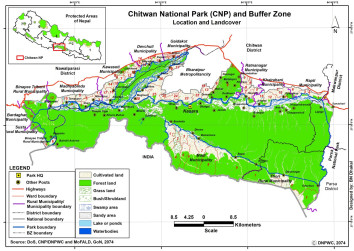
3rd Apr, 2014

3rd Jun, 2017

20th Jan, 2017

16th Jan, 2017
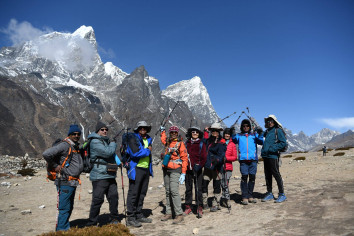
12th Jul, 2015

9th Apr, 2019
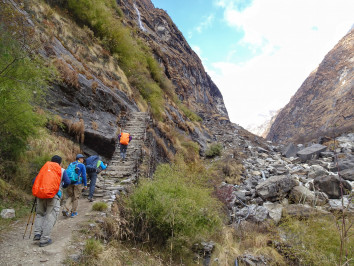
9th Jan, 2014

4th Apr, 2019

2nd Jan, 2014

2nd Apr, 2019

2nd Jan, 2014
-1.jpg)
30th Jan, 2017
-1.jpg)
4th Oct, 2018

16th Oct, 2018

9th Oct, 2018

24th Jan, 2016

4th Oct, 2018

24th Aug, 2022

8th Sep, 2022

15th Sep, 2022
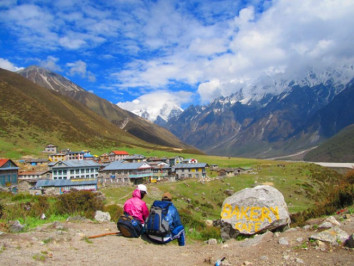
3rd Mar, 2023

7th Mar, 2023

27th Mar, 2023

5th Apr, 2023

12th Apr, 2023

21st Apr, 2023

24th Apr, 2023

27th Apr, 2023

1st May, 2023

1st May, 2023

3rd May, 2023

18th May, 2023

19th May, 2023

16th Jul, 2023

16th Jul, 2023

16th Jul, 2023

16th Jul, 2023

17th Jul, 2023

17th Jul, 2023

17th Jul, 2023

17th Jul, 2023

17th Jul, 2023

17th Jul, 2023

17th Jul, 2023

20th Jul, 2023

21st Jul, 2023

27th Jul, 2023
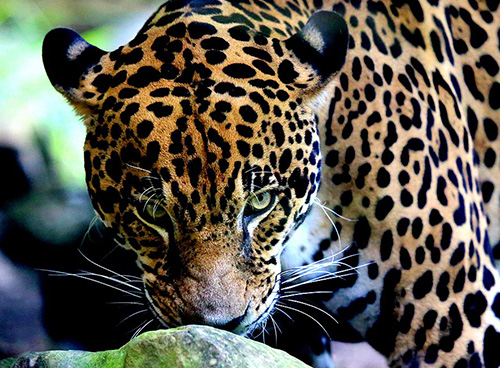
30th Jul, 2023

30th Jul, 2023

21st Aug, 2023

22nd Aug, 2023

28th Aug, 2023

6th Oct, 2023

5th Nov, 2023

7th Nov, 2023

19th Nov, 2023

25th Nov, 2023

1st Dec, 2023

3rd Dec, 2023

13th Dec, 2023

13th Dec, 2023

13th Dec, 2023

21st Dec, 2023

21st Dec, 2023

23rd Dec, 2023

25th Dec, 2023

25th Dec, 2023

31st Dec, 2023

31st Dec, 2023
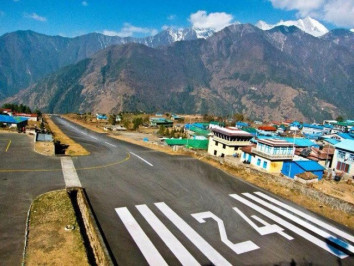
31st Dec, 2023

1st Jan, 2024

2nd Jan, 2024
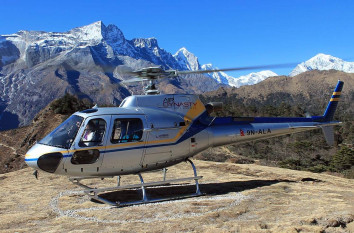
2nd Jan, 2024
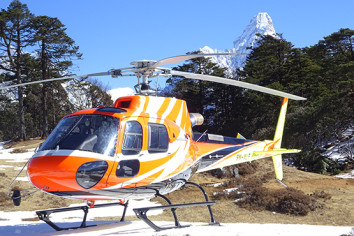
2nd Jan, 2024

3rd Jan, 2024

4th Jan, 2024

4th Jan, 2024

4th Jan, 2024
.jpg)
4th Jan, 2024

4th Jan, 2024

4th Jan, 2024

5th Jan, 2024

6th Jan, 2024

6th Jan, 2024

9th Jan, 2024

10th Jan, 2024
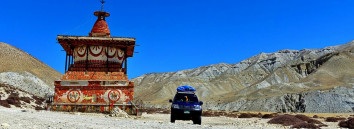
10th Jan, 2024
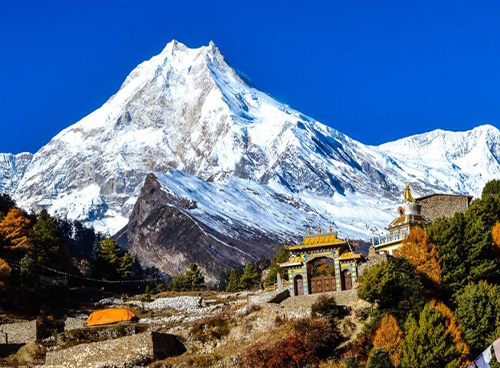
10th Jan, 2024

10th Jan, 2024

11th Jan, 2024

11th Jan, 2024

12th Jan, 2024

12th Jan, 2024

13th Jan, 2024

14th Jan, 2024

14th Jan, 2024

15th Jan, 2024

15th Jan, 2024

15th Jan, 2024

16th Jan, 2024

16th Jan, 2024
.jpg)
16th Jan, 2024

16th Jan, 2024
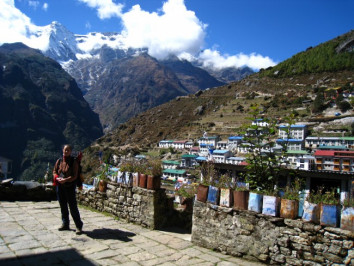
18th Jan, 2024

24th Jan, 2024

26th Jan, 2024
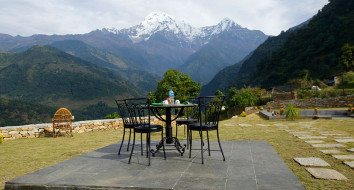
28th Jan, 2024

28th Jan, 2024

30th Jan, 2024
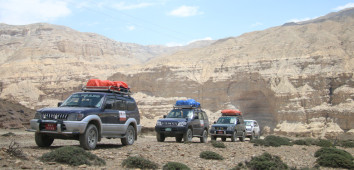
30th Jan, 2024

2nd Feb, 2024

2nd Feb, 2024

2nd Feb, 2024
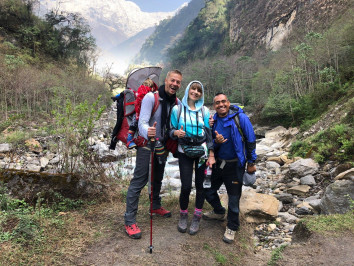
3rd Feb, 2024

4th Feb, 2024

8th Feb, 2024

9th Feb, 2024

10th Feb, 2024

10th Feb, 2024
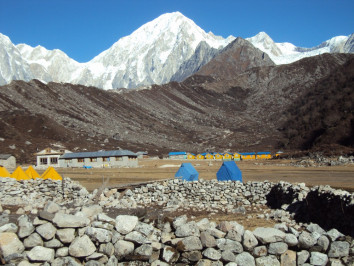
11th Feb, 2024

12th Feb, 2024

12th Feb, 2024

13th Feb, 2024

13th Feb, 2024

16th Feb, 2024

18th Feb, 2024

20th Feb, 2024

21st Feb, 2024
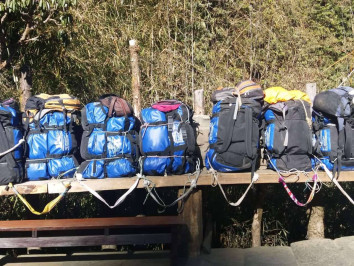
21st Feb, 2024

27th Feb, 2024

3rd Mar, 2024

3rd Mar, 2024

4th Mar, 2024

5th Mar, 2024
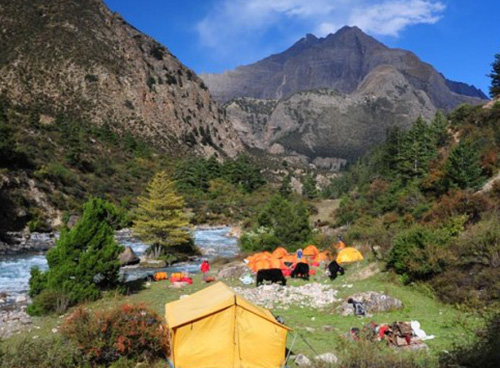
5th Mar, 2024

10th Mar, 2024

10th Mar, 2024

10th Mar, 2024

11th Mar, 2024

13th Mar, 2024

13th Mar, 2024

19th Mar, 2024

22nd Mar, 2024

26th Mar, 2024

27th Mar, 2024

27th Mar, 2024

27th Mar, 2024
-1624864292-1.jpg)
28th Mar, 2024

2nd Apr, 2024

2nd Apr, 2024

4th Apr, 2024

12th Apr, 2024
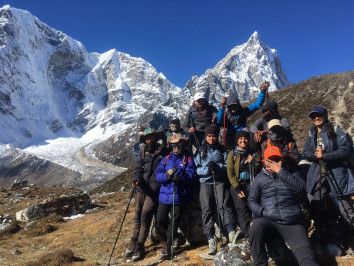






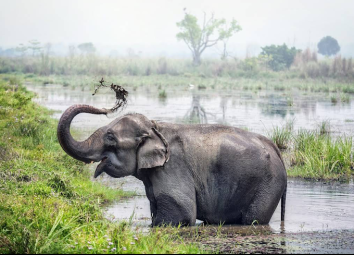





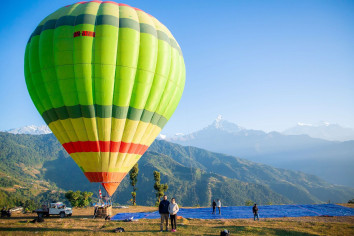







.jpg)

